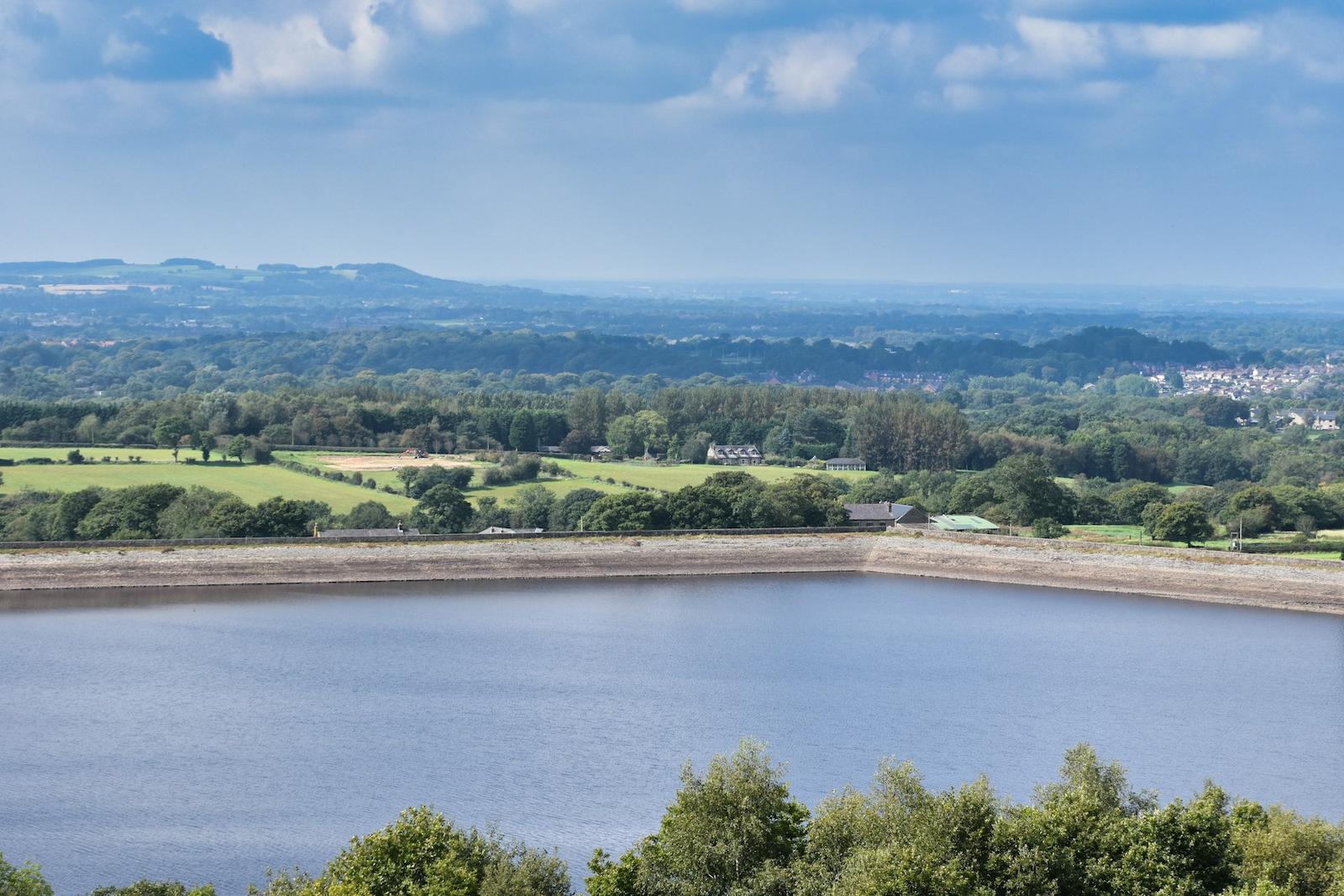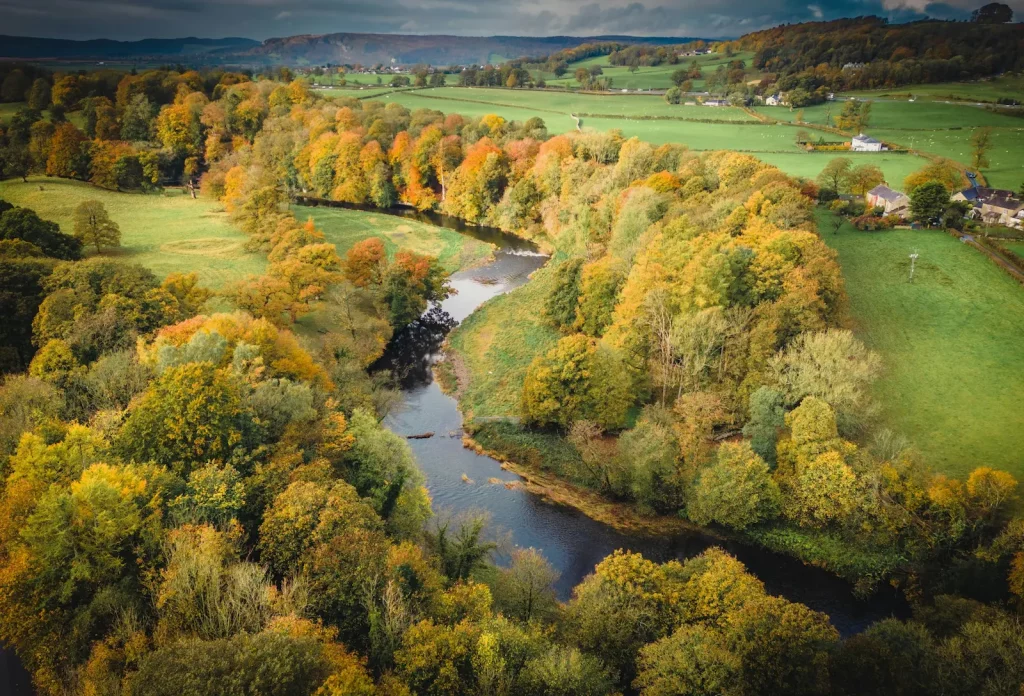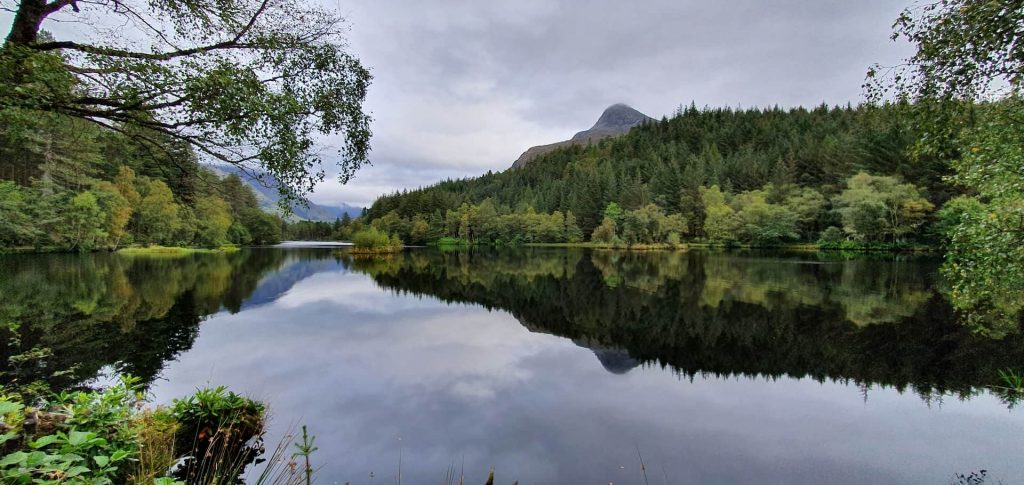With the general election fast approaching, the political parties have set out their plans for tackling the prominent issue of sewage dumping in rivers and consequent water quality at beaches, but do they have longer-term plans for the country’s water supplies and quality?
These questions will be of great relevance to domestic and business water customers alike. How, for example, might shortages of supply or the cost of investing in infrastructure be tackled, either by water suppliers under the direction of government regulations, or by investment from the public purse?
A follow-up question to that may be the question of who pays. With Thames Water in such financial strife, it is evident that water companies are not rolling in cash and with a clear need to invest to prevent sewage spills, as well as prepare for a future of growing needs in areas with rising populations and the challenges of climate change, somebody must meet the bill.
It might fall to the government to decide just how much of this investment will come from the public purse and how much from customers. The latter may in turn impact business water rates, making switching a smart and popular move, just as it has been in recent years for energy customers when bills have risen.
What Are The Parties Offering?
After 14 years in office, the Conservatives have come under frequent attack over water pollution issues from other parties, with Liberal Democrat leader Ed Davey stating this was the serious point behind the apparent frivolity of numerous campaign stunts that involved him falling in the water.
However, while the Liberal Democrat manifesto has a lot to say about tougher regulation and penalties to curb water pollution, it does not specifically mention investment in water infrastructure.
Labour, however, takes a very different tack. The economic infrastructure section of its manifesto argues for a new ten-year infrastructure strategy, arguing that the country is “grinding to a halt”, which, as one would expect, it attributes to failings in Conservative policy.
While the reference to there being “major projects abandoned” is chiefly true of the political hot potato that was HS2, the manifesto also states that “not a single reservoir has been built in the last 30 years”. That begs the question of how many Labour might plan to construct, but one might also fairly ask if there are some already on the way – because there are.
Reservoirs On The Way
Examples include the Havant Thicket Reservoir, a joint project between Southern Water and Portsmouth Water that received planning permission four years ago.
It is scheduled to become operational in 2029. Cynics might suggest that this timing will be rather convenient if Britain has a Labour government then, although it might also be noted that a planning application was previously considered in 2008, but dropped on the grounds that there was not enough water demand to justify it.
Other reservoir ambitions include Anglian Water’s plan to create two new reservoirs, one in the Fens and one in the south of Lincolnshire, with the capacity to supply 625,000 homes.
Its motivation for this – as well as other infrastructure work already taking place to create a pipeline network to better connect its region – is to deal with the twin pressures of an increasingly dry regional climate and a growing population.
Arup and Binnies, the construction firms involved in the two new Anglian Water reservoirs, have also been appointed as the putative contractors for a £1.5 billion reservoir that will serve the Thames Water, Southern Water, and Affinity Water catchment areas.
However, under the current schedule, a planning application will not be submitted until 2026, construction work will not start until 2029 and it won’t begin supplying water to homes and businesses until 2040.
Transformational Investment Promised
If the statement in the Labour manifesto is factually correct but does not tell the whole story, the Conservative position takes a more positive view of matters, even talking up the benefits of privatisation.
Looking to the future, the party promises “transformational investment and change in the water sector on a scale never seen before,” through 100 per cent monitoring and new tougher targets for leaks and pollution.
What this does not do, however, is specify any commitment to major infrastructure projects. The question may be asked; does Britain need such a commitment?
It is not that there haven’t been any big projects in recent years. The Thames Tideway Tunnel, known colloquially as the London ‘super sewer’, is now almost ready after several years of construction, engineering and connection work. It will help prevent sewage spillages into the Thames that can occur when heavy rain overwhelms the existing sewer network.
This tunnel is a response to the fact that while London’s Victorian sewers were an engineering marvel that transformed the sanitation of the rapidly growing capital, they were designed for a city of 4-6 million people, not the nearly nine million that live there today. This project, therefore, is a clear response to an evident need backed with serious investment.
Similarly, it may be the pressure for major investments in water infrastructure will naturally occur chiefly in the parts of the country with the fastest-rising populations. The planned reservoirs at Havant, Aylesbury, and the Anglia Water region are all examples of this. But could something happen on an even larger scale?
Ireland Goes Big
A prime example of a truly huge water project, at least when compared with the size of the country and population concerned, is set to occur in the Republic of Ireland.
A government cabinet meeting has given the green light to Uisce Éireann, the country’s water authority, to apply for planning permission next year for a huge project to future-proof Greater Dublin’s water supply through a pipeline that will extract water from the Shannon.
Expected to cost up to €6 billion, the 170 km pipeline will extract two per cent of the river’s water, transporting it via Lough Derg towards a termination reservoir just west of Dublin at Peamount. This would be as large an infrastructure as any in the Republic’s history.
In addition, there will be several smaller pipelines to distribute the water around the heavily populated east of the country, northwards as far as Drogheda and southwards as far as Carlow. Supplies will also be provided to areas like Tipperary as the pipeline passes west-east across the country.
This will serve up to 1.7 million people – nearly half the population – and avoid an over-reliance on the River Liffey, which flows through the heart of the Irish capital.
Commenting on the scheme, chief executive of Uisce Eireann Niall Gleeson said it would be “critical for the future of our country”, as it will provide “a secure, climate-proof supply of water for up to 50p per cent of the State’s population”.
He added: “It will facilitate increased demand for housing, enable sustainable economic growth and support competitiveness across the region.”
Director of asset management at the authority Sean Laffey pointed out that Ireland is a “water abundant country”, but added that at the moment, it does not have the infrastructure to take full advantage of this and secure its supplies. The pipeline will transform this situation.
Does Britain Need A Mega-Project?
Does the UK need something similar? Perhaps not. It may be that some observers in the UK might reflect that the UK has long had a more developed infrastructure, not least in terms of ensuring supplies in its wetter regions in the north and west.
After all, many of the biggest projects occurred a long time ago and often with great disruption, with whole villages having to be abandoned for projects like the 1940s expansion of Haweswater in the Lake District to serve Manchester, or Llyn Celyn in the 1960s to serve Liverpool, the latter stirring up much consternation and nationalist feeling in Wales.
Furthermore, the scale of the Shannon scheme is large by almost any standards; longer, for example, than the 154 km Thirlmere Aqueduct from the Lake District to Manchester. It may be questioned whether there is presently anything like an equivalent need in the UK, which does not have half its population living in one small part of the country.
In this respect, Ireland is more like Scotland with its central belt, or Wales with its population concentration in the south, than England with its multiple large conurbations.
A project of this scale might only be required if, for example, an area like Glasgow was seen to be underserved, which might be more easily resolved by extracting more water from Highland lochs and connecting them to the Victorian pipelines served by Loch Katrine.
It may be, therefore, that it will be a long time before Britain needs a huge water project equivalent to the Shannon scheme, or the construction of reservoirs the size of Llyn Celyn, Loch Katrine, or the present-day Thirlmere and Haweswater (none of which would have much chance of planning permission today because of their locations in national parks).
However, that does not mean that the years ahead will not see some significant schemes, whether it is another major sewer project to protect rivers from pollution or further small reservoir schemes in the drier parts of Britain. How much priority – and funding – politicians may give to such schemes in the years ahead remains to be seen.



